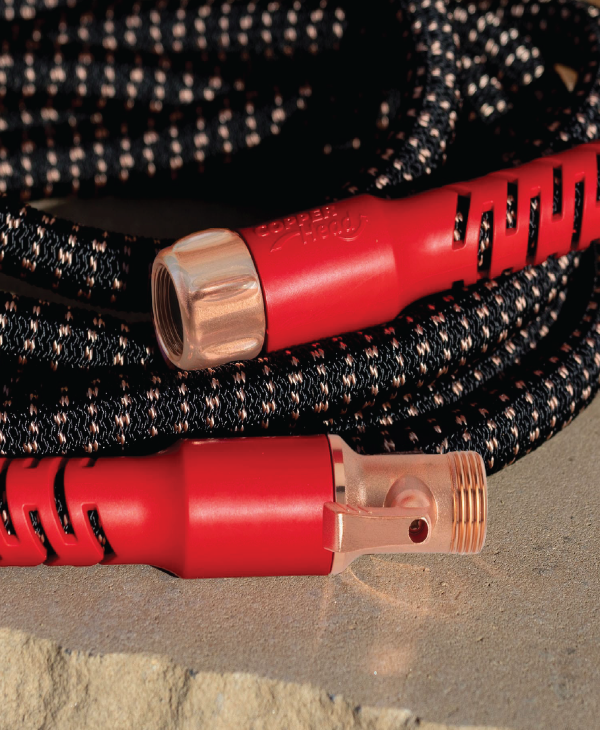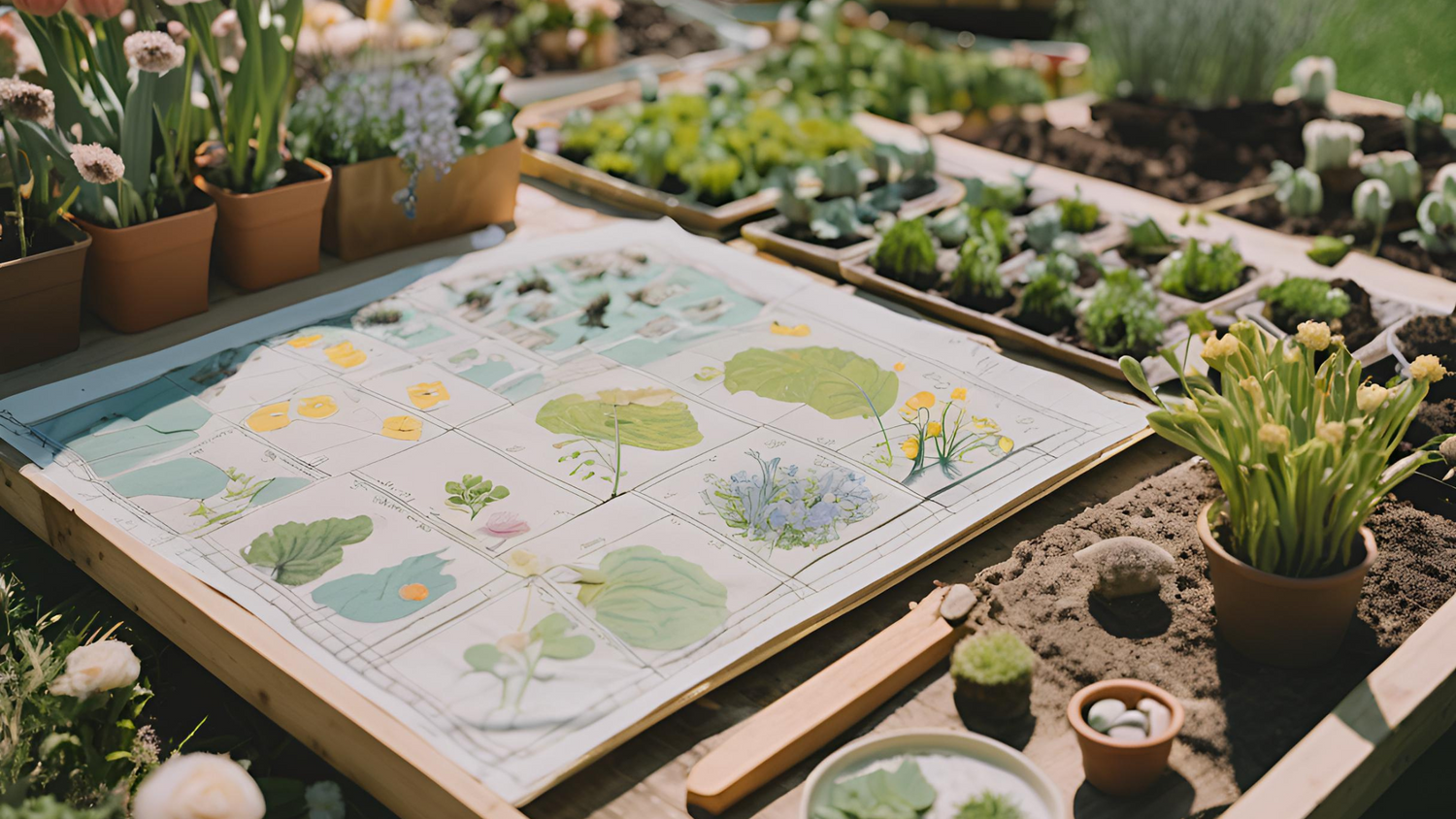As the vibrant hues of summer fade and the cool breeze of fall begins to set in, many gardeners might think it’s time to store away their tools and hibernate until spring. However, garden enthusiasts know that fall is actually the perfect time to plan and prepare for a stunning spring landscape. In this comprehensive guide, we'll explore the essentials of garden planning, the nuances of spring garden design, and the critical steps in fall garden preparation. Moreover, we'll highlight how the convenience and efficiency of Pocket Hose can play a vital role in shaping your dream garden.
The Foundation of Garden Planning
Garden planning is a year-round commitment that demands strategic thinking, detailed organization, and thoughtful execution. Fall might seem like an off-season, but it's the perfect time to lay the groundwork for a thriving spring garden. Here’s a step-by-step breakdown of how to get started.
1. Assess Your Current Garden
First and foremost, take a walk around your garden. Assess the condition of your soil, identify areas that might need improvement, and take note of any plants that didn’t thrive as expected. Reflect on what worked well and what didn’t. This review is critical for making informed decisions about your upcoming spring garden design.
2. Soil Preparation
Healthy soil is the cornerstone of a beautiful garden. Fall is the ideal time to enhance your soil’s health. Test your soil pH levels, add necessary amendments, and mix in organic compost. A well-prepared soil during fall will be fertile and ready to support new growth in spring.
3. Map Out Your Spring Garden Design
Create a detailed sketch or a digital design of your envisioned garden. Consider factors such as sunlight exposure, plant height, and color coordination. Decide on the plants you want to include: annuals, perennials, shrubs, and trees. This visualization will serve as a blueprint for your planting process come spring.
The Nuances of Spring Garden Design
Designing a garden that blossoms beautifully in spring requires a blend of creativity and practicality. The design choices you make in fall will dictate the aesthetic and health of your garden when the snow melts and the temperatures rise.
1. Choosing the Right Plants
Select plants suitable for your climate zone and soil type. Consider native plants, as they require less maintenance and are more resilient to local pests and diseases. Incorporate a mix of early bloomers, mid-season flowers, and late bloomers to ensure continuous color throughout the season.
2. Plan for Succession Planting
Succession planting involves strategically planting different crops in the same area across the seasons. This practice maximizes space and keeps your garden producing throughout the growing season. In the fall, decide what you’ll plant first thing in spring and what will follow once the early crops are harvested.
3. Incorporate Hardscaping Elements
Integrate hardscaping features such as pathways, garden beds, raised planters, and water features. These elements not only add visual appeal but also structure your garden. Fall is the perfect time to install these features because you can avoid disrupting growing plants.

Fall Garden Preparation: Practical Tips and Steps
The key to a successful spring garden is meticulous fall preparation. Here are some essential tasks to undertake during the fall months:
1. Clear and Clean Your Garden
Begin by removing any dead or diseased plants from your garden. Clearing away debris helps prevent pests and diseases from overwintering and affecting your new plants in spring. Compost healthy plant material and dispose of any diseased parts properly.
2. Mulching and Protecting Your Soil
Apply a layer of mulch to your garden beds. Mulch acts as an insulator, protecting the soil from harsh winter temperatures, retaining moisture, and suppressing weed growth. Organic mulches such as straw, leaves, or bark are particularly beneficial as they decompose, enriching the soil.
3. Planting Cover Crops
Cover crops such as clover, rye, or legumes protect and enrich your soil during the off-season. They prevent erosion, improve soil structure, and add essential nutrients like nitrogen. In spring, these cover crops can be tilled into the soil, providing organic matter for your garden.
4. Planning Irrigation Systems
Efficient watering is crucial for a healthy garden. Fall is the perfect time to plan and install irrigation systems. Drip irrigation or soaker hoses even water the plant’s roots, conserving water and minimizing evaporation. Consider the role of a Pocket Hose in your irrigation strategy for its ease of use and storage benefits.Spotlight on Pocket Hose: Integral to Spring Landscape Planning
Regarding garden planning and preparation, having the right tools can make all the difference. Pocket Hose, a lightweight and expandable garden hose, is invaluable in maintaining and planning your dream garden.
1. Ease of Use
Pocket Hoses are significantly lighter and more manageable than traditional garden hoses. Their expandable nature means they can stretch to full length when in use and retract to a compact size for easy storage. This convenience allows you to maneuver around your garden effortlessly.
2. Efficient Watering
Precise and consistent watering is vital for plant health. Pocket Hose's flexibility allows you to reach every corner of your garden, ensuring that all plants receive adequate hydration. Its design prevents tangling and kinking, reducing interruptions and smoothing your gardening tasks.
3. Durability and Longevity
Pocket Hose is built to be durable, resisting wear and tear from regular use. Its construction using high-quality materials ensures it can withstand various weather conditions, making it a reliable tool for both fall garden preparation and ongoing maintenance.
Putting It All Together: Your Fall-to-Spring Garden Action Plan
Creating a dream garden begins with a well-thought-out plan and diligent fall preparation. Here’s a summarized action plan to guide you through the process:
Fall Tasks:
- Conduct a thorough garden assessment and soil test.
- Amend soil and work in organic compost.
- Clear debris, diseased plants, and clean the garden area.
- Apply mulch to protect soil and suppress weeds.
- Plant cover crops for soil health.
Spring Tasks:
- Remove winter mulch and cover crops, incorporating organic matter into the soil.
- Follow your garden design blueprint, planting early bloomers first.
- Implement succession planting for a continuous harvest and bloom.
- Maintain a consistent watering schedule with Pocket Hose.
- Observe plant health, manage pests organically, and enjoy your vibrant spring garden.
Final Thoughts
Strategic garden planning and thorough fall garden preparation set the stage for a vibrant, thriving spring garden. By assessing your garden’s needs, enriching the soil, designing with foresight, and using efficient tools like Pocket Hose, you can create a landscape that bursts with color and life come spring. Remember, dream gardens begin in fall – the effort and care you invest now will blossom into a breathtaking landscape you can cherish and enjoy throughout the growing season. Happy gardening!





Leave a comment
This site is protected by hCaptcha and the hCaptcha Privacy Policy and Terms of Service apply.